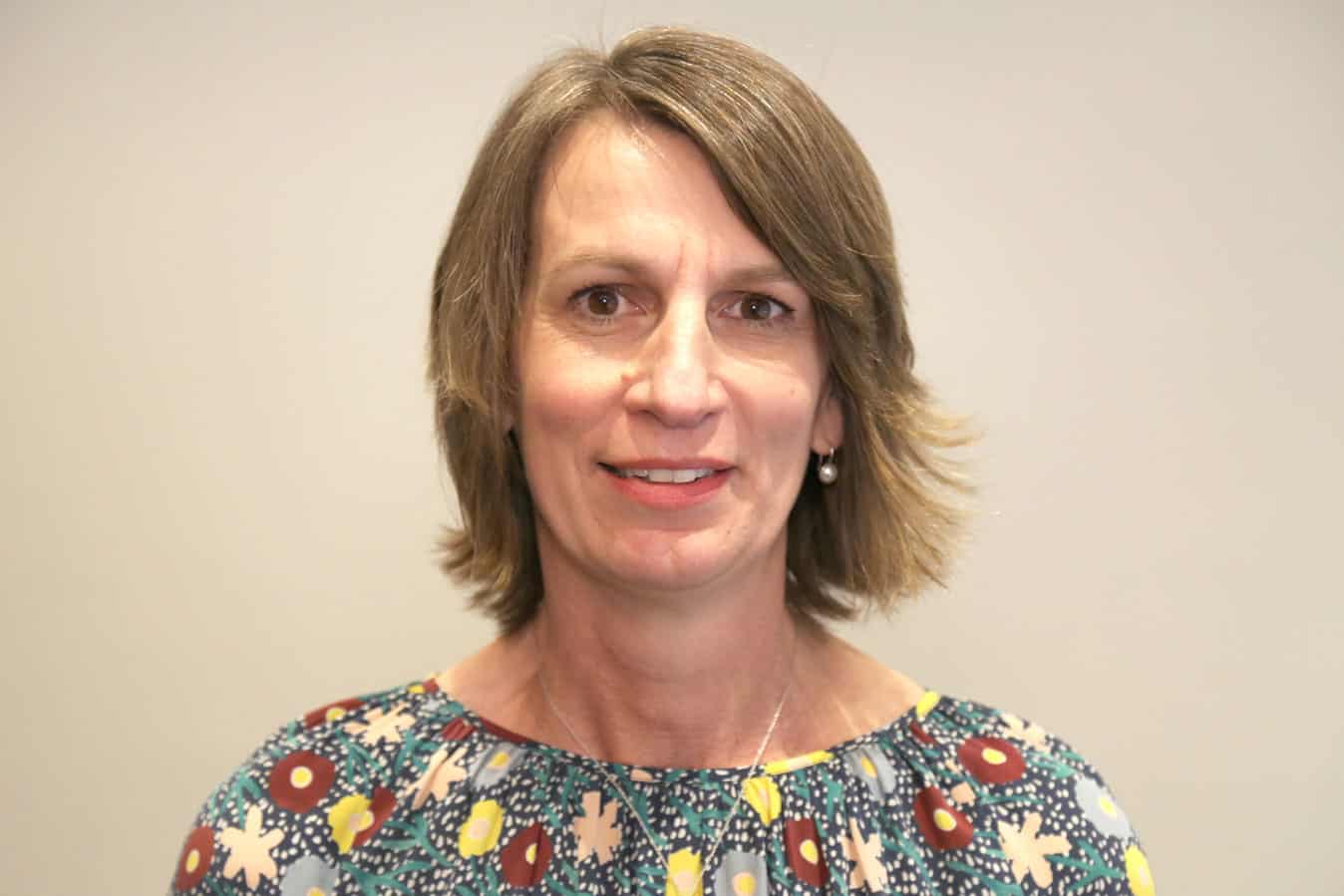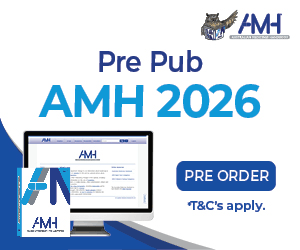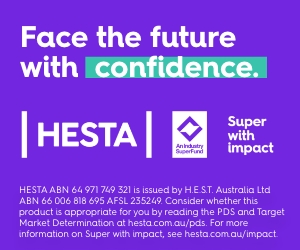Janie Thompson, a continence nurse and Clinical Services Manager at the Continence Foundation of Australia, has spent more than two decades working as a continence nurse. She says being able to make a difference to improve people’s lives through continence management has sustained her in her speciality.
“When you do a continence assessment and then you do a review and follow-up, you get to improve people’s lives… It gives you a buzz, and you think, ‘Oh gosh, I can actually do something to make someone’s life better.’”
But for Janie, who has worked in clinical, community and aged care settings throughout her career, including managing a multi-disciplinary continence service at the Alfred’s Caulfield campus, what did a normal day look like?
Janie has spent 20 years as part of Alfred Health (in Victoria), including 10 years managing the Continence Service. “In a typical service, you would have clients booked in each day… you would have two or so new clients to see, and then you might have up to five reviews to do,” she explains.
“Some of that might be clinic based, where the client is coming to the clinic and you see them… or it might be a home visit.”
Janie explains, a full assessment usually takes between 60 and 90 minutes, and covers factors such as an examination, recounting the client’s oral history, testing (including urine analysis), identifying goals with the client and developing an appropriate management plan with them to meet those goals.
By contrast, reviews, which are normally around 30 minutes, include an evaluation of those goals, to adjust or sustain the plan’s effectiveness.
Documentation is a constant across these processes, with clients receiving a copy of the plan, and letters going out to the client’s other relevant health professionals, including their GP.
“It’s intense, that’s for sure, but there is a bit of structure in that you generally know what clients you’re seeing that week,” Janie says, adding that there is a degree of autonomy for nurses in how they manage their caseload, particularly with regard to reviews.
Janie also says that this autonomy, and the frequently direct one-to-one relationship that exists with a client for the duration of their continence allows the nurse to take ownership of their work and build relationships with their clients.
However, she also says that the intensity of the workload that comes with direct and intensive client engagement is something that people working in the field do need to be aware of.
“If a phone call comes from one of your clients, you’re not going to say to a colleague, ‘Oh can you call Mary for me?’” Janie says, by way of example.
“You’ve got to deal with the person, and you’re dealing with people who you are responsible for… you normally don’t just walk out at the end of the shift if there’s something to do.
“And then if you have leave, when you come back, your work is still there… it’s your responsibility.”
While there are other elements that Janie says nurses considering specialising in continence need to be aware of, including the need to be comfortable with frank discussion about anatomy and sexuality and home visits to less than ideal living settings, she says that ultimately, confidence is key for new nurses.
“You’ve got to be comfortable being autonomous… It’s a lot of work, but it’s very enjoyable,” Janie explains, adding that despite the intensity that comes with the work, the relatively stable Monday to Friday structure that often comes with continence nursing is also a positive compared to less structured shift work.
Yet, Janie says the kindness of clients after getting to make a positive difference in their lives is often what she remembers most when thinking about her time spent in client facing settings, and is the ongoing reward of continence nursing.
“I can think of so many times you get hugged, so many times you get thanked, and so many times they want to give you some sort of token of appreciation,” Janie says.
“You do get such beautiful feedback and such beautiful, kind, generous people that just really want to make you feel appreciated.”
For more information on continence and what it entails, nurses interested in this area are encouraged to visit the Continence Nurses Society of Australia and Continence Foundation of Australia.








